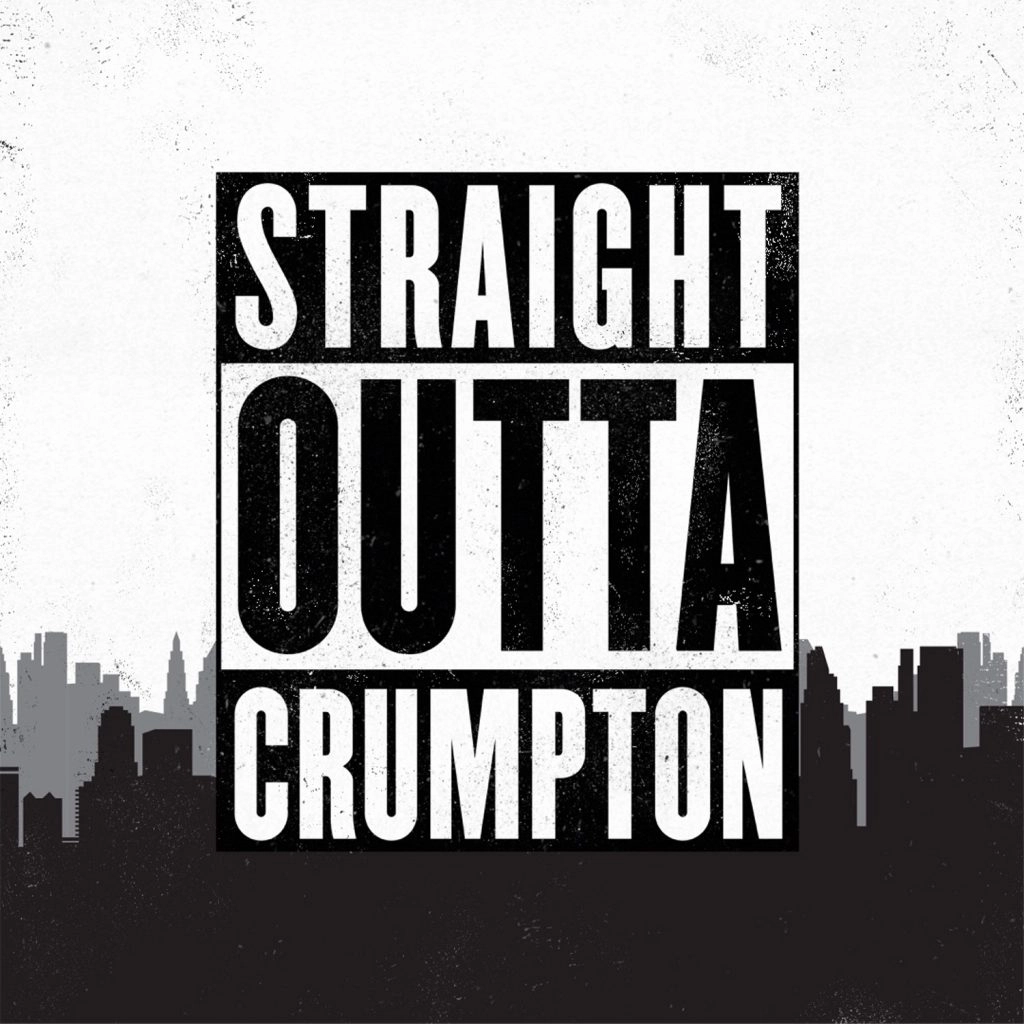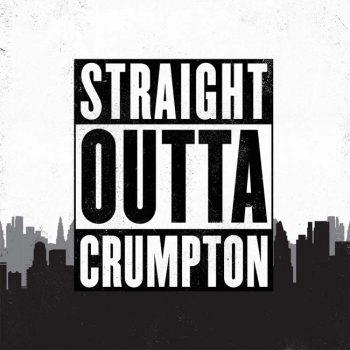How Displacement Ventilation Leads to Better IEQ
Indoor air quality isn’t the only aspect of building comfort that owners and those maintaining buildings need to consider. IEQ, or indoor environment quality, factors in many different considerations from noise to comfort and quality.
Jerry Scanlan, Executive Vice President at Boland, and Einar Frobom, Director of Sales and Marketing at Carson Solutions, spoke with Tyler Kern about displacement ventilation, which is an excellent solution for providing desired IEQ.
Displacement ventilation is a system type that provides air into an indoor air quality (IAQ) system efficiently and quietly. When Boland clients require such a solution, they reach out to experts like Carson Solutions to provide displacement ventilation systems.
“Ventilation in our HVAC industry describes a designed practice of how air is flowing into a room, moves through a room and is ultimately exhausted,” Frobom said. “So, in our industry, there is a predominant type of ventilation design. It’s called mixed air ventilation.”
In this type of system, the air is mixed, including contaminants that, like the coronavirus during the pandemic, are not always desired.
“Displacement, on the other hand – instead of mixing the space, that air is delivered low to the floor typically eight degrees cooler than the room temperature, and it tends to stay low until it comes into contact with heat sources,” Frobom said. “As it comes into contact with heat sources, comes into contact with the occupant, they increase temperature [and the] buoyance of that air, and that fresh air is delivered directly to the occupants. The other benefit is that plume, that convection current, travels upward and delivers those contaminants up and away from the occupied spaces.”
Follow us on social media for the latest updates in B2B!
Twitter – @MarketScale
Facebook – facebook.com/marketscale
LinkedIn – linkedin.com/company/marketscale




